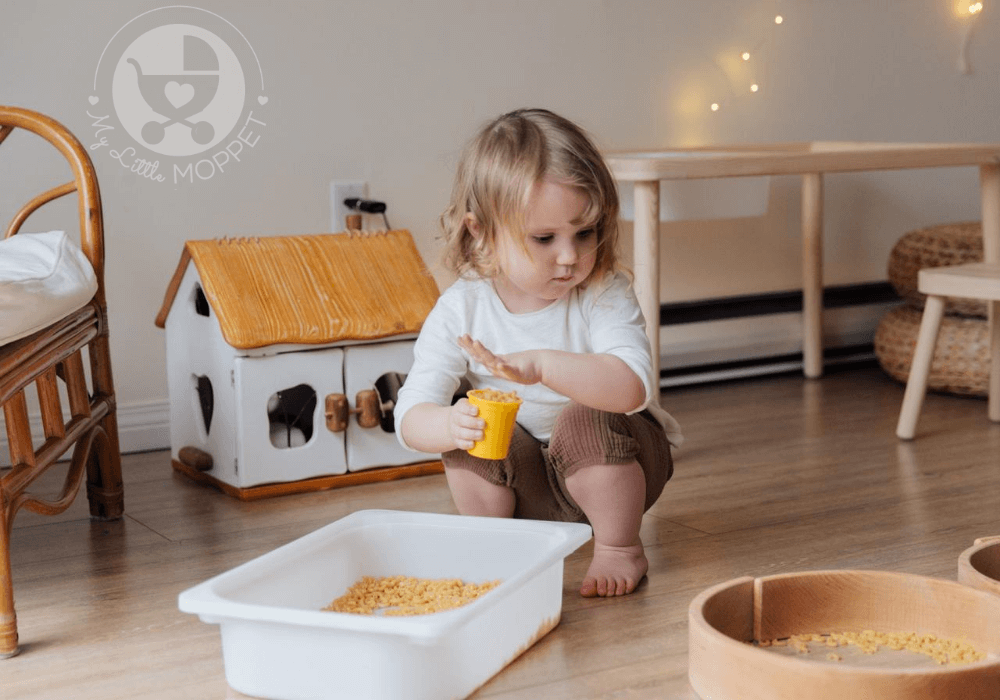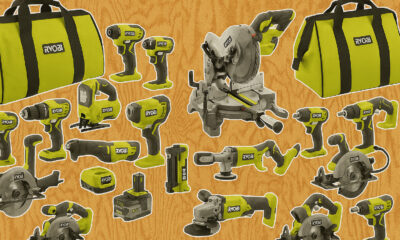Activities
How to Make Sensory Bins at Home

Interested in sensory bins but unsure how to create them? This guide will show you how to make sensory bins at home with minimal effort and cost.
Sensory bins are gaining popularity for good reason – they are essential for child development. They are beneficial for all children, including those with sensory processing disorder and autism. Starting with sensory bins may seem daunting, but it is actually quite simple to incorporate sensory play into your child’s routine.
Sensory bins engage a child’s senses of sight, taste, smell, touch, and hearing. They promote development and learning through exploration, offering significant benefits for children with autism and sensory processing disorder. Sensory bins can help reduce sensitivities, improve language skills, memory, and fine motor skills while providing a calming daily activity.
While each sensory bin may not stimulate all senses, they combine different senses to create a unique experience. Similar to sensory bottles, sensory bins may lead to a mess – but that’s part of the fun!
Sensory play aids in brain development by forming nerve connections, aiding in information retention, and memory. For children with autism and sensory processing disorder, sensory bins can help them learn new words, find calmness, reduce sensitivities, and enhance fine motor skills.
Parents often use sensory bins to engage and distract children while completing household tasks. For children with special needs, sensory bins serve as valuable learning tools. As a parent of a child with autism, I have found sensory play to be incredibly beneficial. I now create sensory bins to help my son learn new words, reduce sensitivities, and manage emotions.
Creating sensory bins may seem overwhelming, but it is actually quite simple. You just need to include some basic items in every sensory bin for your child.
1. Storage Bin
I recommend using clear plastic bins with lids for sensory bins. Lidded bins help contain the mess and store sensory items for future use. Choose a bin size based on your preference, available storage space, and the sensory activity you plan to create.
Personally, I prefer small plastic bins with lids for easy storage. Shoe-sized containers work well as they hold plenty of sensory items and can be stacked in a closet.
2. A Base/Filler
The base or filler is the main sensory item in the activity. There are countless options available, including everyday objects like leaves or rice. Here are some filler ideas to get you started:
- Rice
- Pasta
- Aquarium rocks
- Water beads
- Pom poms
- Water
- Kinetic sand
- Stones
- Shaving cream
- Dirt
- Ribbon
- Balls
- Cotton batting
- Loom bands
- Beads
- Crepe paper
- Silk scarves
- String
Consider your child’s sensitivities and interests when selecting fillers for a sensory bin. Tailor the items to engage and relax your child while also addressing any sensitivities they may have.
3. Tools
Tools are essential for manipulating the sensory base or filler. They help with fine motor skills and can include items like cups, tongs, funnels, measuring cups, and a cupcake tin.
4. Fun Extras
Fun extras are additional items added to the sensory bin for extra stimulation or enjoyment. These items are ideal for themed sensory bins and can engage additional senses.
If you’re looking to create a sensory bin with an ocean theme, consider combining blue water beads with small ocean figurines such as sharks, fish, and starfish.
Here are some other fun extras you can add to your sensory bins:
– Trucks
– Cars
– Cookie cutters
– Legos
– Plastic letters and numbers
– Plastic animals
For more information on sensory play and how to create sensory bins at home, you can visit the following references:
– https://www.verywellfamily.com/why-sensory-play-is-important-2086510
– https://www.pre-kpages.com/what-is-a-sensory-bin/
Author:
Liz Talton is the contributing author for the Speech Blubs blog. She is a full-time blogger and the creator of Pitter Patter of Baby Feet, a website dedicated to topics related to motherhood, fertility, pregnancy, and mental health. With a background in forensic psychology and mental health, Liz is dedicated to helping her son who received an Autism Spectrum Disorder evaluation.
Remember to refer to the original article for the images and additional details.
-

 Destination8 months ago
Destination8 months agoSingapore Airlines CEO set to join board of Air India, BA News, BA
-

 Breaking News9 months ago
Breaking News9 months agoCroatia to reintroduce compulsory military draft as regional tensions soar
-

 Tech News12 months ago
Tech News12 months agoBangladeshi police agents accused of selling citizens’ personal information on Telegram
-

 Gadgets3 months ago
Gadgets3 months agoSupernatural Season 16 Revival News, Cast, Plot and Release Date
-

 Productivity11 months ago
Productivity11 months agoHow Your Contact Center Can Become A Customer Engagement Center
-

 Breaking News10 months ago
Breaking News10 months agoBangladesh crisis: Refaat Ahmed sworn in as Bangladesh’s new chief justice
-

 Gadgets3 weeks ago
Gadgets3 weeks agoFallout Season 2 Potential Release Date, Cast, Plot and News
-

 Toys12 months ago
Toys12 months ago15 of the Best Trike & Tricycles Mums Recommend























